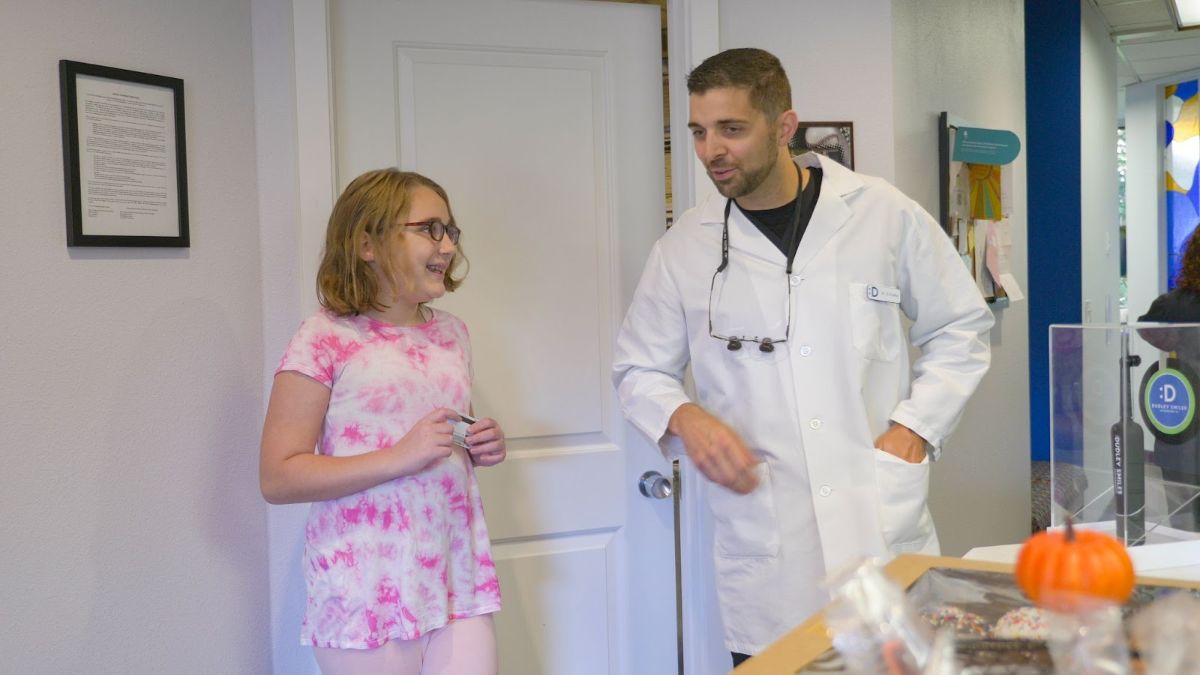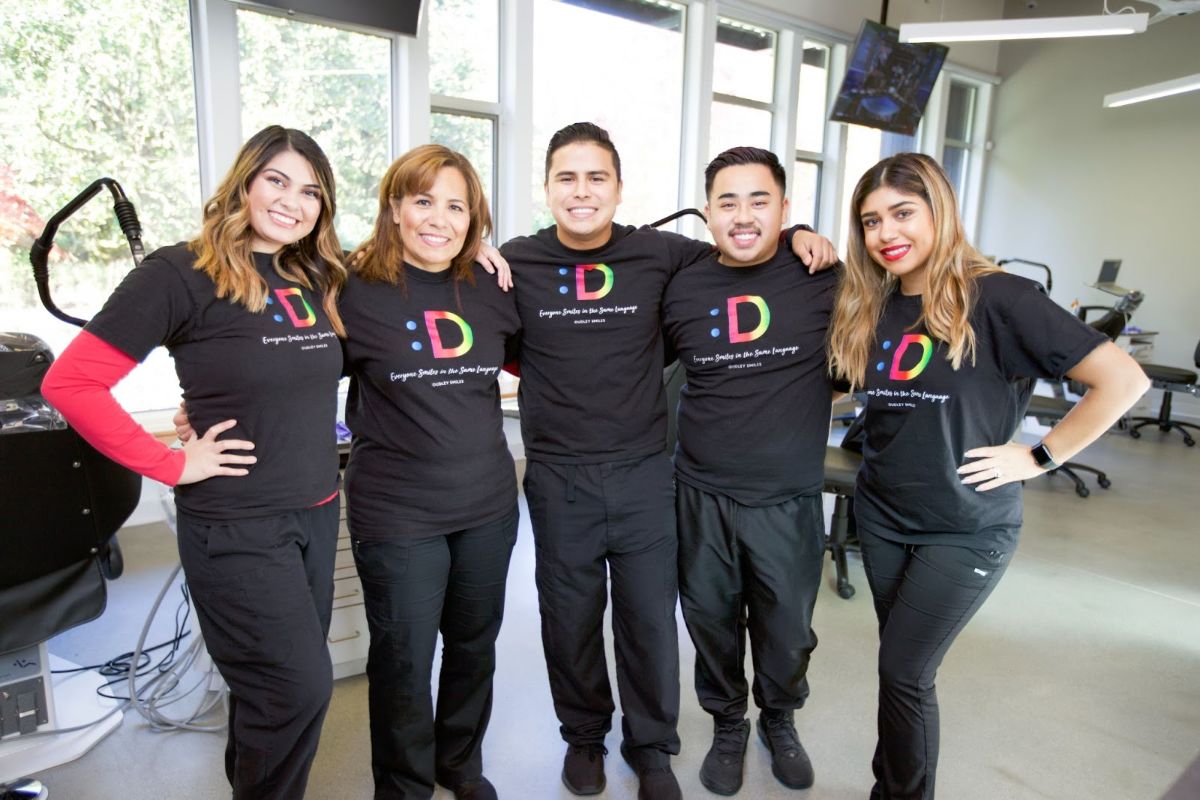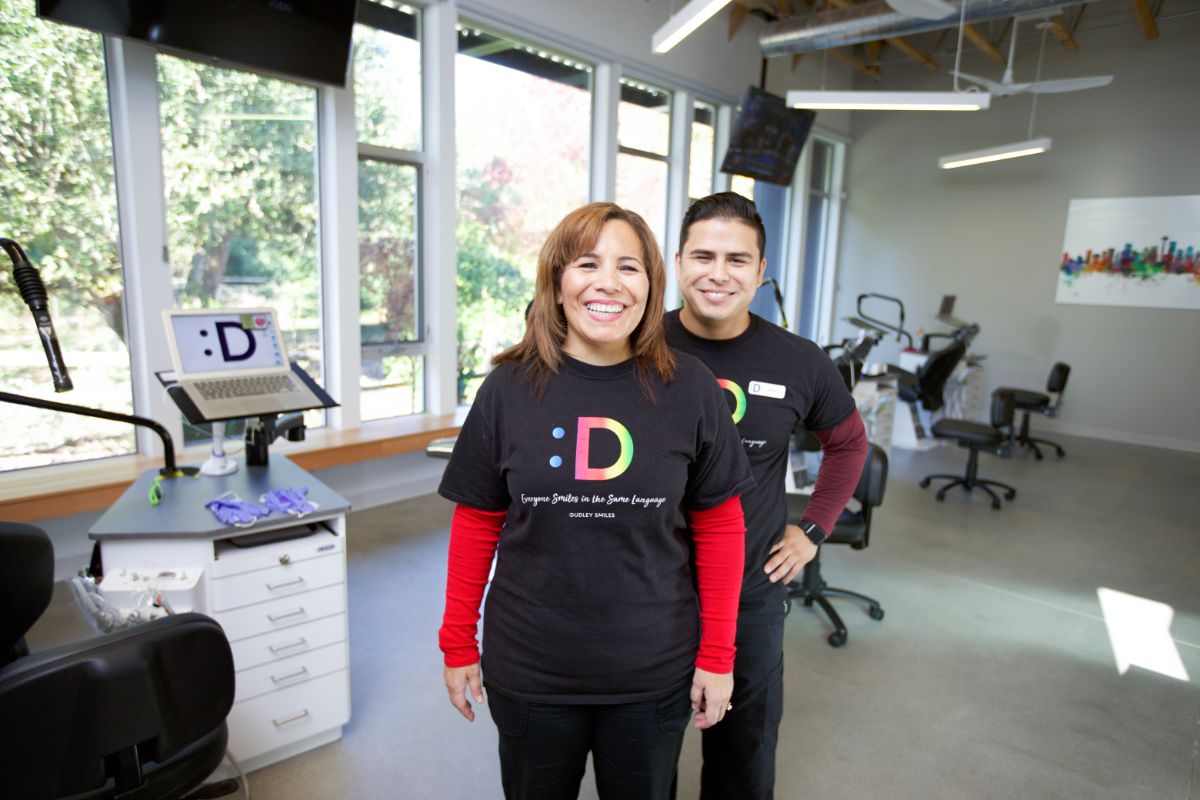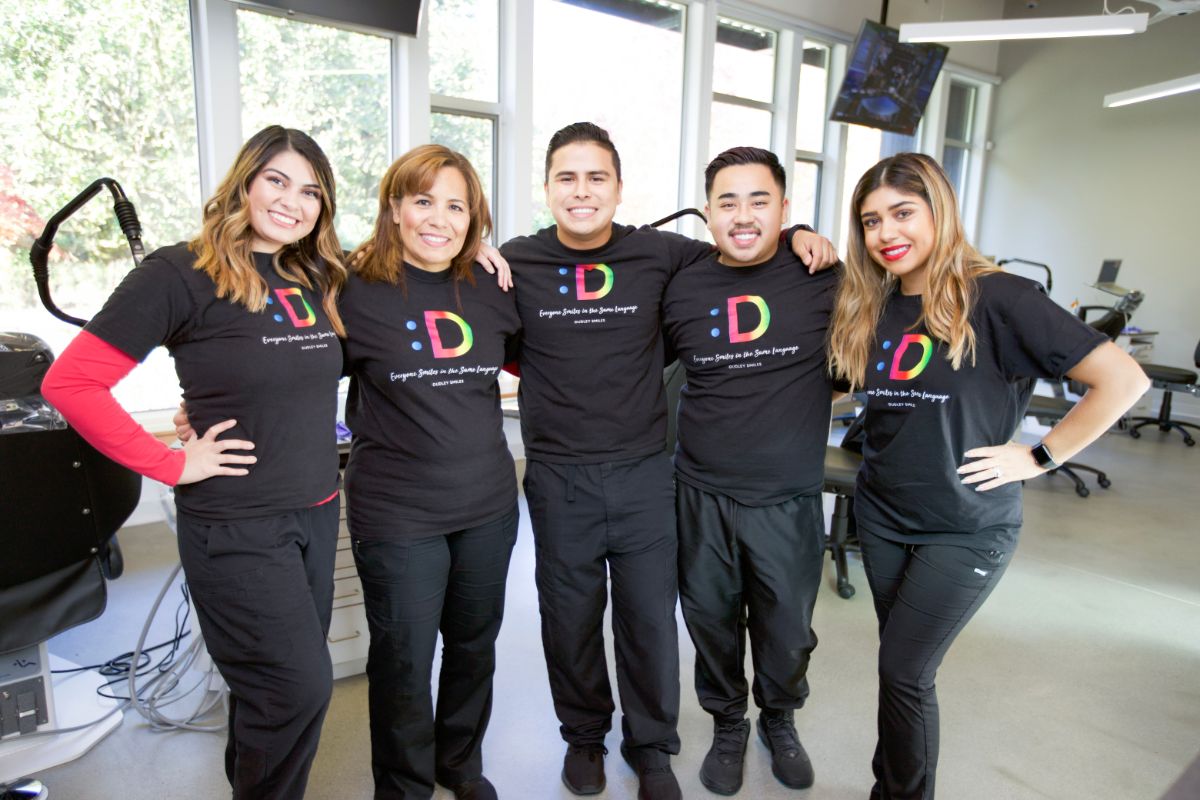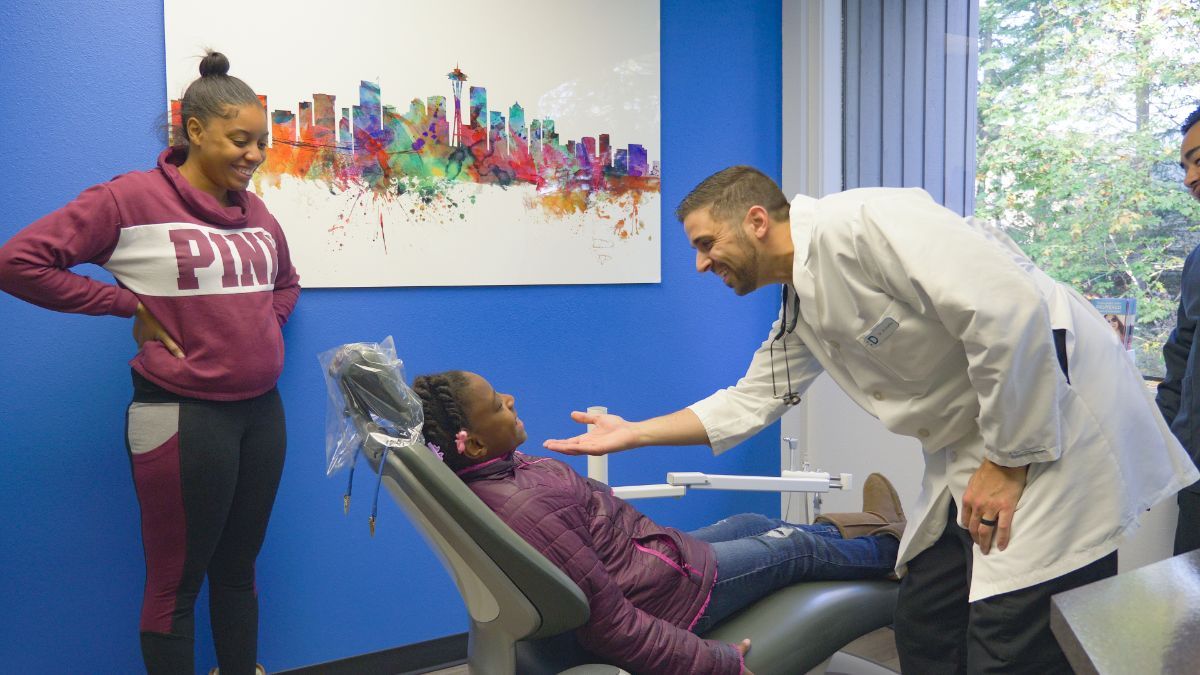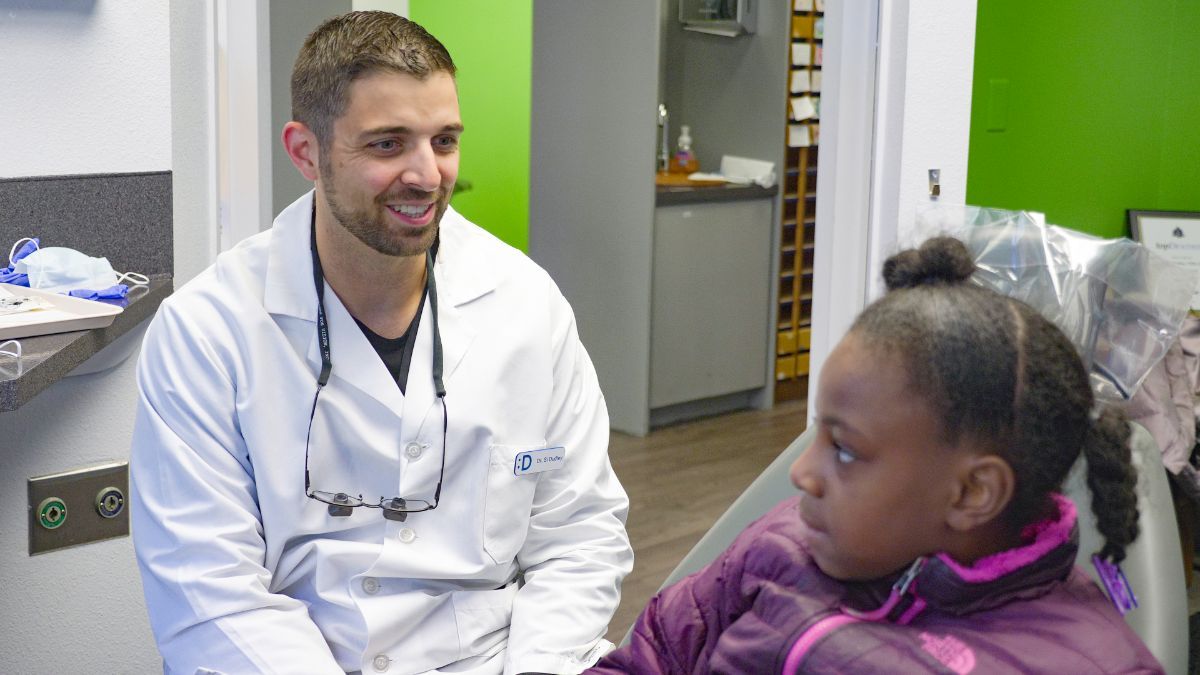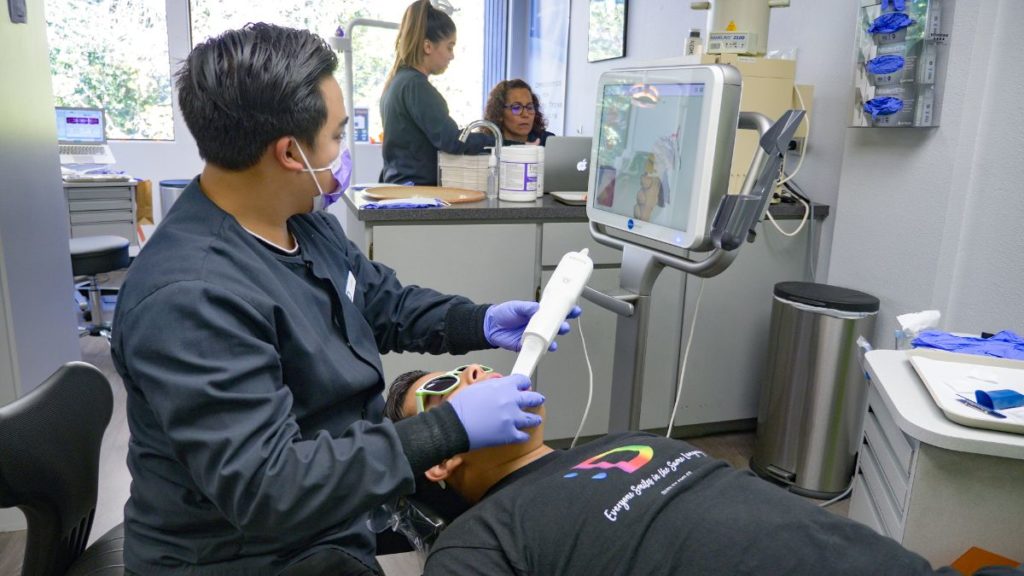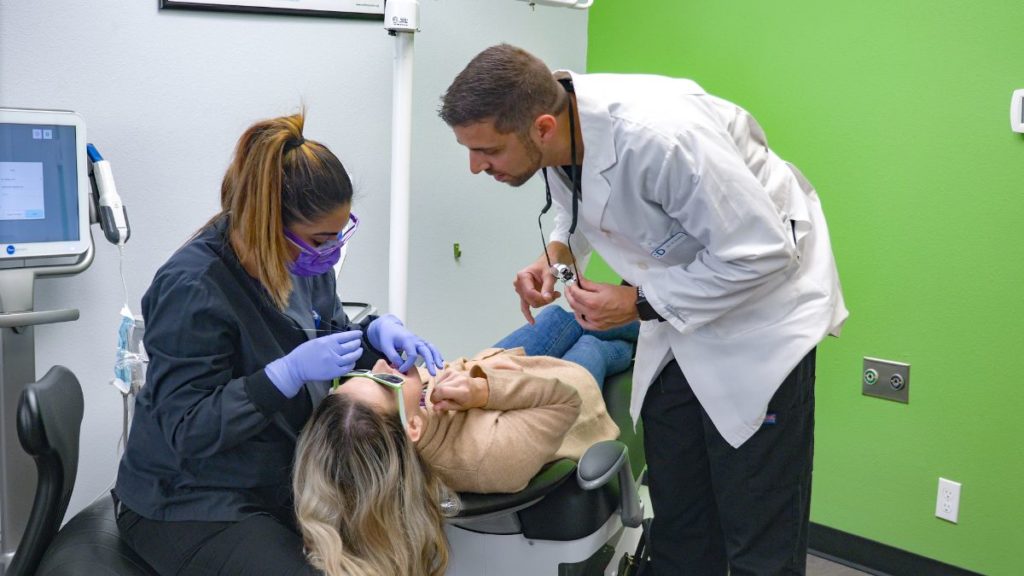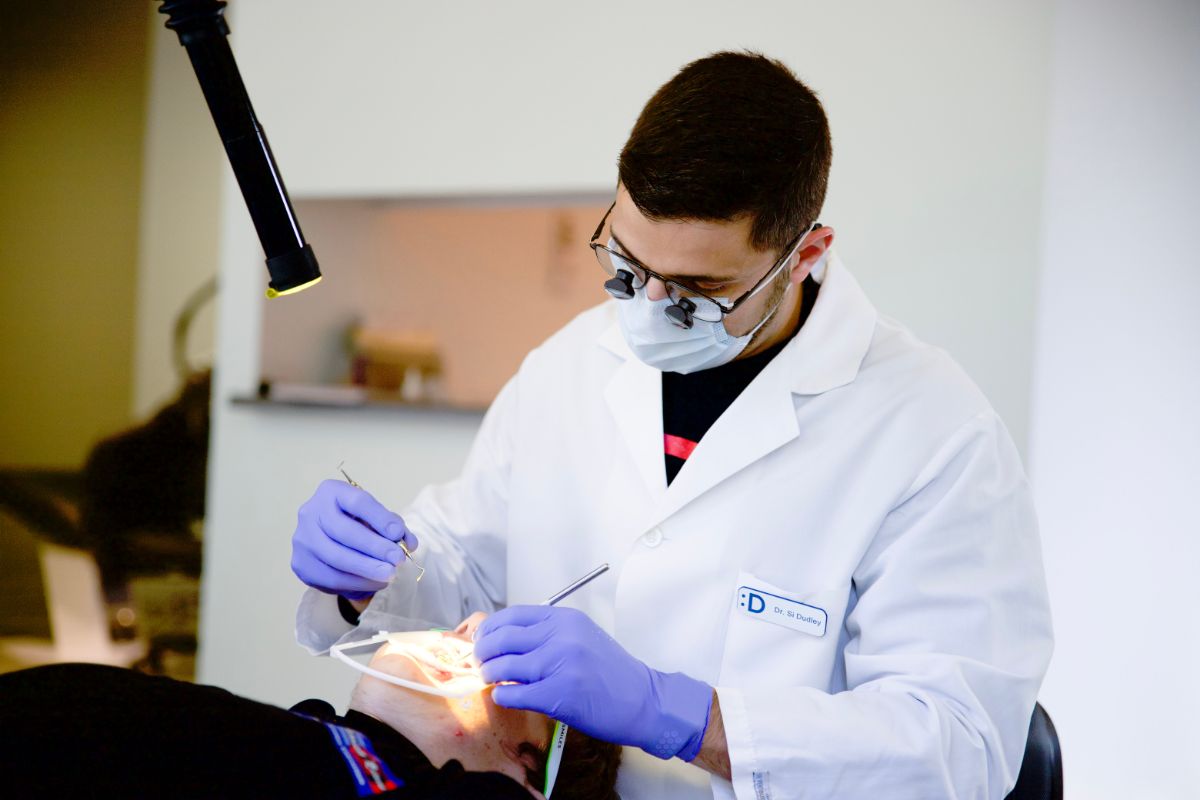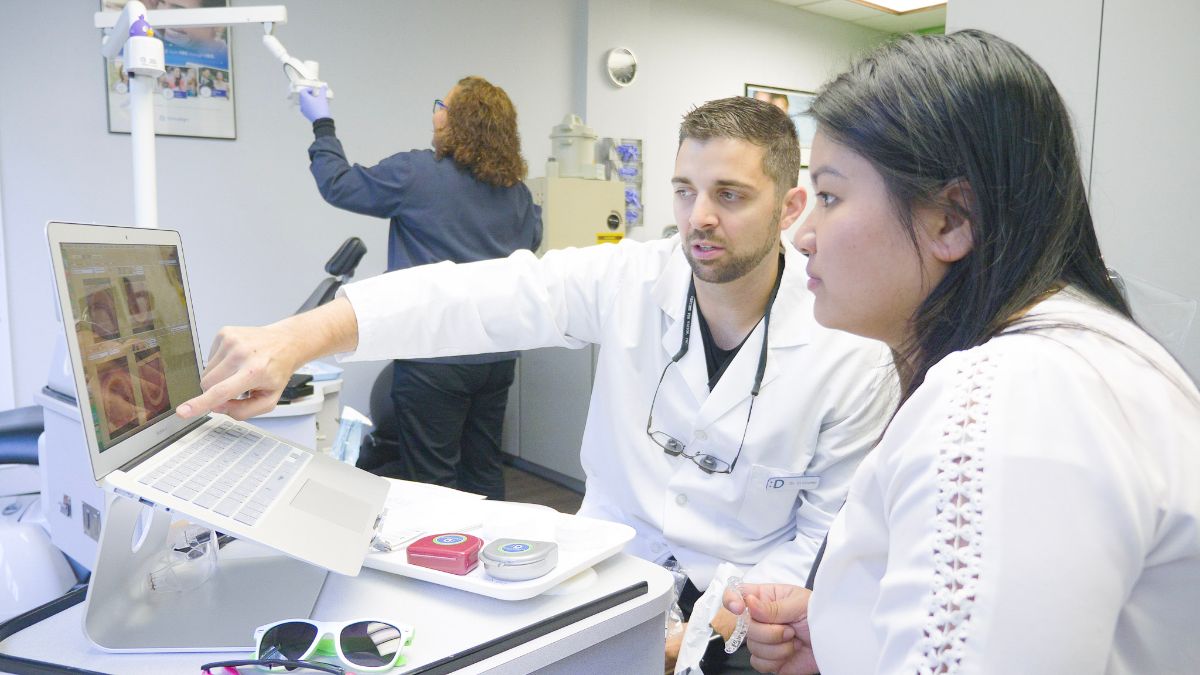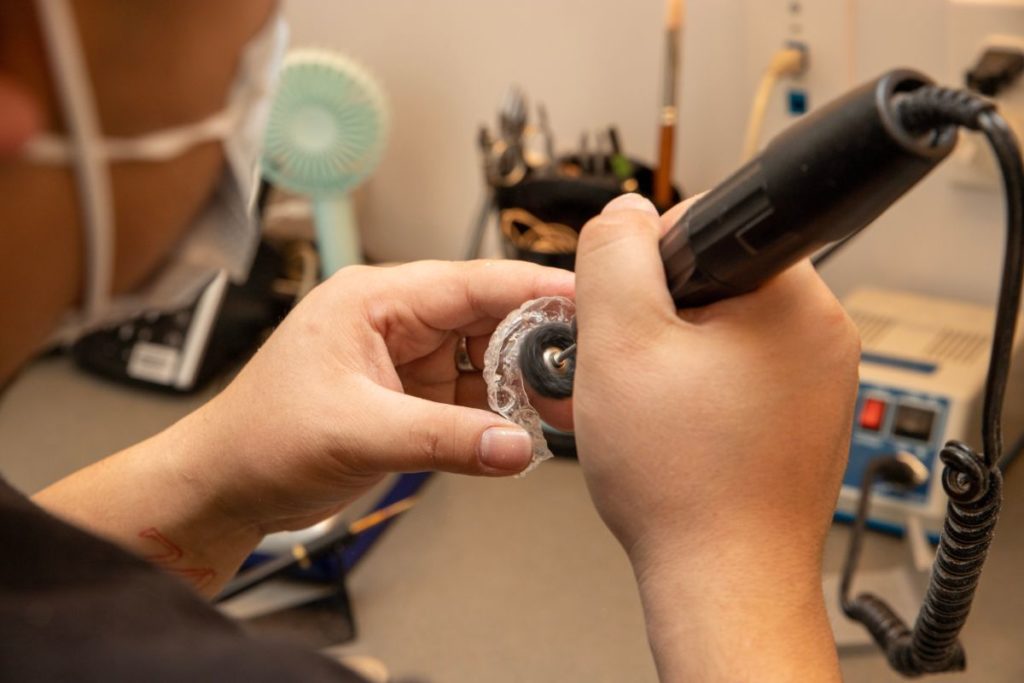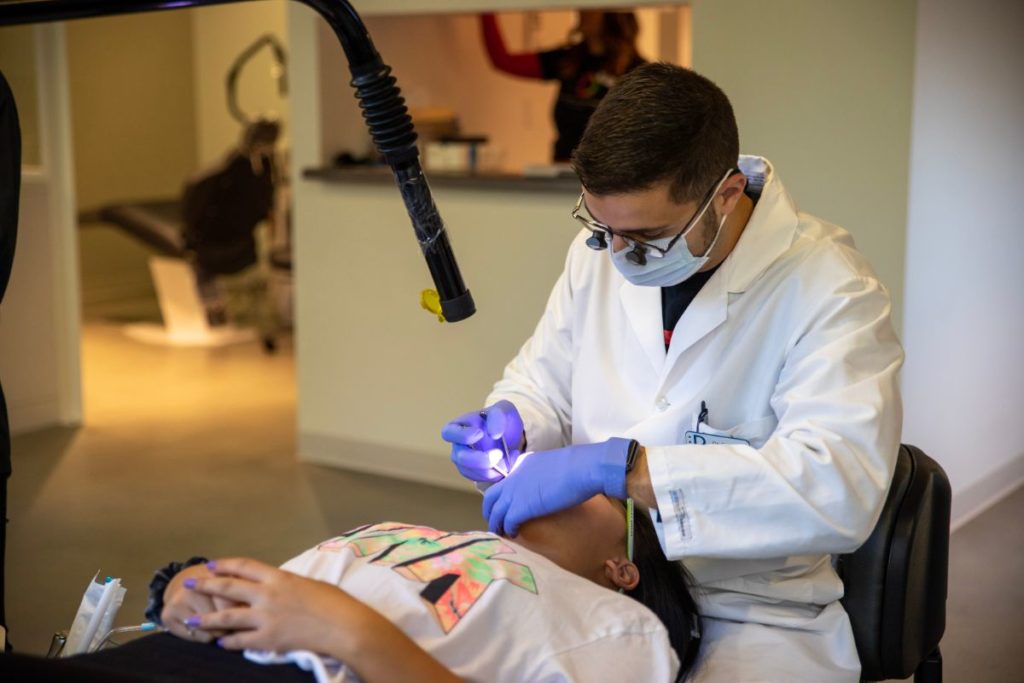Did you know that one in five patients at Dudley Smiles is an adult? Our team is proud to create beautiful smiles for patients of all ages in Issaquah, Kent, and the surrounding communities. If you’ve spent years feeling unhappy with how your teeth look, feel, or function, we’ve got good news—you’re never too old to achieve a healthier and more confident smile! For your guide to the customized orthodontic treatment available to you as an adult, keep reading below.
Why are more and more adults choosing orthodontics?
Generally speaking, most of our adolescent patients undergo orthodontic treatment because their parents have chosen it for them after consulting with Dr. Silas Dudley and Dr. Cameron Freelove. Younger patients certainly understand the importance of treatment and are thrilled with their final results, but the truth is that adults tend to have a better understanding of how a healthier smile will positively impact their lives.
Adults also tend to be more aware of the ways that good oral health can benefit their overall body health. This leads many of them to seek out dental or orthodontic treatment that will keep their teeth and gums in the best possible shape! As an adult patient, you’ll be able to truly grasp what orthodontic treatment is: an investment of your time and finances that will reward you with a beautiful smile, improved health, and increased self-confidence.
Improve your oral health with orthodontics
The benefits of orthodontic treatment go far beyond straight teeth! Crooked or crowded teeth can impede brushing and flossing, thereby increasing the risk of tooth decay and gum disease. Misalignment can also cause excess wear on the teeth and enamel, which may lead to chronic headaches, jaw soreness, and pain in the face and neck.
Orthodontic treatment will help reduce or eliminate these symptoms. Not only that, but braces and aligners can protect you from developing serious oral health problems in the future! This can mean big-time financial savings down the line.
Budget-friendly treatment options
Achieving a confident smile is more affordable than ever, thanks to a variety of innovative treatment options. Dudley Smiles offers flexible payment options to suit every budget, including interest-free installment plans. Multiple family discounts may also apply.
For your convenience, we accept most major credit and debit cards. We can even set monthly auto-payments up from your bank! If you have a Flexible or Health Savings Account (FSA/HSA) or insurance coverage, we’ll be sure to take this into account as well. We’ll even help you file claims if you intend on using insurance to cover your treatment. And don’t worry— we’ll ensure you fully understand every fee included in your treatment plan before we move forward with fitting you for braces or aligners.
Treatment options for every lifestyle
Not so long ago, methods for improving smiles were few and far between, and what options existed were bulky, uncomfortable, or downright painful. Today we have multiple sleek and comfortable ways to align your teeth and jaws! Our practice is proud to offer the following treatment options for a complete smile transformation:
Invisalign (Clear Aligners)
With this innovative system, no brackets or wires are required to move your teeth! Instead, Invisalign uses a series of clear, comfortable aligners to help you achieve a healthier smile. These customized plastic aligners are completely removable, offering an extra measure of freedom and flexibility that you’ll love.
Patient compliance is an essential part of Invisalign treatment—the aligners must be worn for 20-22 hours per day throughout the orthodontic process. They’re also designed to be switched out with the next aligner in the series every 1-2 weeks to keep up with the movement of the teeth. When worn as directed, Invisalign is as efficient as braces at treating the most common orthodontic issues.
Metal braces
Traditional metal braces are the most widely used orthodontic appliance for a reason—they have a proven track record of successfully correcting a variety of orthodontic issues. Though they’ve been around for a long time now, braces have undergone a major makeover in recent years to become far more comfortable, effective, and aesthetically pleasing than ever before! Metal braces are one of our most cost-effective options and can be particularly useful in cases that are complex or severe.
Clear braces
Sometimes called ceramic braces, clear braces work just like metal braces but come with clear, nearly invisible brackets. When paired with clear, white, or tooth-colored bands, they’re an incredibly subtle way to straighten the teeth! Because they’re far less visible than their metal counterparts, clear braces are popular with image-conscious teens and adults. Ceramic brackets are slightly larger and a bit more brittle than metal brackets, so we tend to use them on the upper front teeth more often than the lower teeth.
Get the smile you deserve with Dudley Smiles
If you’ve been waiting to take your first step towards a healthier smile, the last thing you want is cookie-cutter treatment or mail-order aligners. Our team creates individualized treatment plans for each patient based on your own specific needs, lifestyle, and goals. Every treatment option has its own list of pros and cons, and not every treatment will be suitable for every patient, but working with experienced orthodontists like Dr. Dudley and Dr. Freelove guarantees you’ll receive only the best treatment for your unique smile!
Our goal is to give you a rewarding and stress-free experience, from your first visit to your last. We want you to feel right at home from the moment you walk through our door, and we work hard to provide our patients with a warm and welcoming environment.
If you’re ready to get started on the confident smile you deserve, then get in touch today to schedule a FREE consultation at our offices in Issaquah or Kent!
